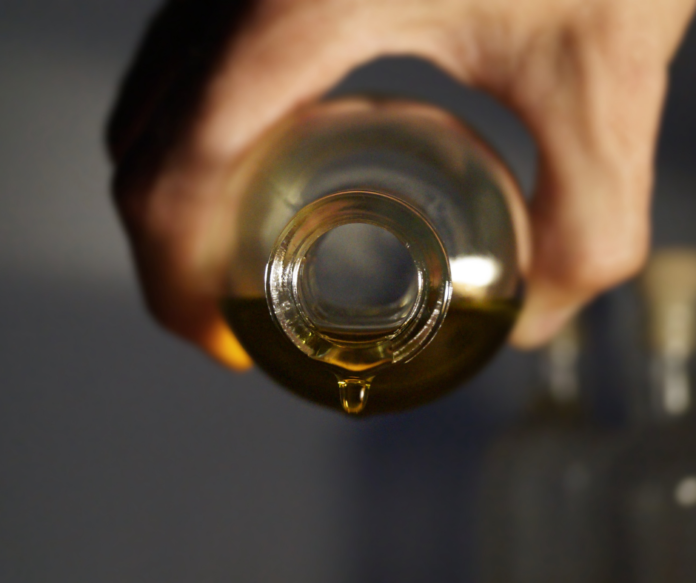Although oil heating systems have been used for tropical tanks for the last 30 years, it has the drawback of not having the ability to be controlled automatically, and needs daily attention. It is possible to obtain standard equipment for this method of heating, but as an alternative you can make your own.
Oil Burners and Wicks
You can get the burners and wick from the local hardware are shop. The most satisfactory type of burner has a porcelain insert around the wick, which helps to give a much cleaner flame and cuts down fumes to a minimum. The container should be sufficiently large to hold enough oil to last 24 hours which is the optimum for oil heating systems. A sweet or paint tin cut down to 2 in. is ideal, but you should solder the seams and lid to ensure that the joins are sealed, then cut a circular hole in the centre of the lid, and insert the burner.
Related Articles:
-
Aquarium Temperature and Heating
-
Tackle Accessories
-
Best Tips On Aquarium Cements
-
Does My Fish Tank Need A Heater?
-
Important Tips with Marine Aquaria
Making the Oil Heating System Filler Cap
You can make the filler cap from the top of any tin with a screw cap. Gut the top off the tin just below the cap level and solder to the top of the container, first making a hole in the lid to correspond. You can easily provide some indication of the oil level if you make a gauge in the filler cap.
To do this, pierce a hole in the centre of the cap and solder a short length of copper tube into it, and then cut a piece of wire to the depth equal to the distance of the bottom of the container to the top of the tube. If you press a cork on to the end of the wire which is inside the container, it will act as a float, and the position of the wire above the tube will tell you the fuel content.
Do not allow a naked flame to come into direct contact with any part of the aquarium , as it will most certainly crack it. It is not difficult to overcome this, if you have a shield of at least a couple of inches thick metal fixed directly over the flame. When using oil as a method of heating, it is advisable to have an experimental run to give some indication of the flame height necessary to maintain the required temperature. To avoid loss of heat, the bottom of the aquarium can be enclosed in an asbestos skirt or stood on a box similar to that described for heating with an electric light bulb.













